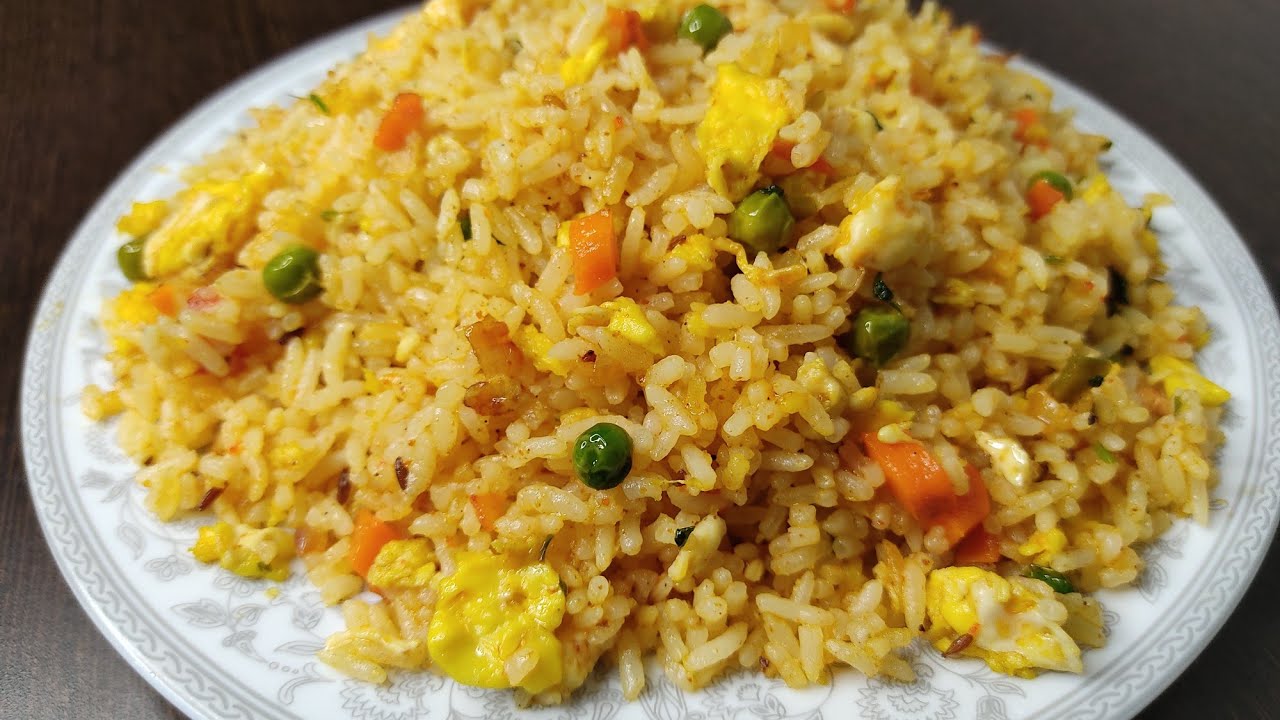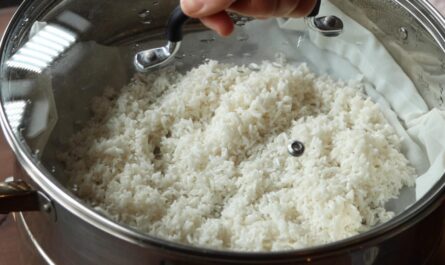Every sushi lover, or indeed anyone who frequently enjoys rice dishes, often faces the perennial question of what to do with leftover rice. Given its ubiquitous presence in our meals, understanding how to store leftover rice safely is crucial both for maintaining its quality and ensuring food safety. Incorrect storage can lead not only to undesirable changes in texture and flavor but can also pose health risks, such as food poisoning. In this detailed guide, we will delve into the essential practices that can help you manage and store rice leftovers effectively, prolonging their usability while keeping them safe for future culinary adventures.

Understanding the Importance of Rice Storage
Storing rice might seem trivial at first glance, but the related health implications make it an important subject to address. Rice, especially the moist environment within which it is typically cooked, can become a breeding ground for bacteria if not stored properly. Thus, to ensure safe consumption at a later date, it’s crucial to understand and follow proper storage steps. Whether you’re dealing with vegan rice meals, savory dishes, or even sweet delights, the safety of these meals begins with proper handling of their core ingredient rice.
Tools You Need for Proper Rice Storage
Before we jump into the actual storage steps, it’s essential to know the key tools that will aid in preserving your cooked rice. A trusty rice cooker will be your workhorse for consistent results, ensuring that you don’t contend with excess moisture or uneven cooking. However, when it comes time to store the leftovers, having airtight containers is paramount. Safe storage containers that seal out air will help minimize the risk of contamination and dehydration. Pair this with a set of clean utensils, like a knife set and cutting board infused with proper cleaning practices, ensuring that bacteria don’t stand a chance.
Step-by-Step Guide: Storing Leftover Rice Safely
Though it might seem straightforward, adhering to the steps of proper rice storage guarantees that you not only preserve flavor but avoid health pitfalls:
- Cooling Quickly: As soon as the rice is cooked and no longer being consumed, it should be cooled to room temperature as swiftly as possible. Aim for under an hour to limit bacterial growth.
- Using Airtight Containers: Once the rice has cooled, store it in an airtight container. This helps prevent moisture loss and contamination while in the refrigerator.
- Refrigeration: Store the rice at a safe temperature in the refrigerator, ideally below 40F (4C), to halt the progression of any harmful bacteria.
- Freezing Option: For those with long-term plans, freezing rice is an excellent option. Portion it out and store in freezer-safe bags or containers, labeled with the date for easy tracking.
- Reheat Properly: Reheating rice correctly and thoroughly until its piping hot ensures safety, eliminating any residual bacteria that might have developed during storage.
Creative Ways to Use Leftover Rice
Leftover rice isn’t just an afterthought; it can be the star of your next culinary experiment. It opens the doors to an array of exciting, new recipes that include transforming them into delectable fried rice, savory rice cakes or even mouth-watering spicy rice dishes. Appreciate the cultural variations by trying different styles like black rice recipes with beans or even indulge your sweet tooth with rice pudding or other delightful dishes leveraging the subtle sweetness of leftover rice.
Enhancing Your Kitchen Routine
Beyond understanding how to safely store leftover rice, the practice of maintaining cleanliness and organization in your kitchen is invaluable. This extends not just to the actual food but also to the tools and environment. Frequently using cookware cleaner and regularly applying cutting board oil to maintain your culinary tools in tip-top shape not only extends their life but also contributes to a safer and more enjoyable cooking experience. Contributing to a clean, efficient kitchen can turn the chore of food preparation into a serene and satisfying ritual.

Conclusion
Ultimately, knowing how to store leftover rice safely is an essential skill for every home cook. Given the prevalence of rice in supportive dishes and its versatility as a main ingredient, safe storage ensures that you minimize waste while maximizing the flavors and nourishment in every bite. By adhering to these safety protocols, you’re crafting not only delicious meals that respect your original ingredients but also contributing to a sustainable cooking practice that benefits everyone involved, from farm to table.
This article contains affiliate links. We may earn a commission at no extra cost to you.



